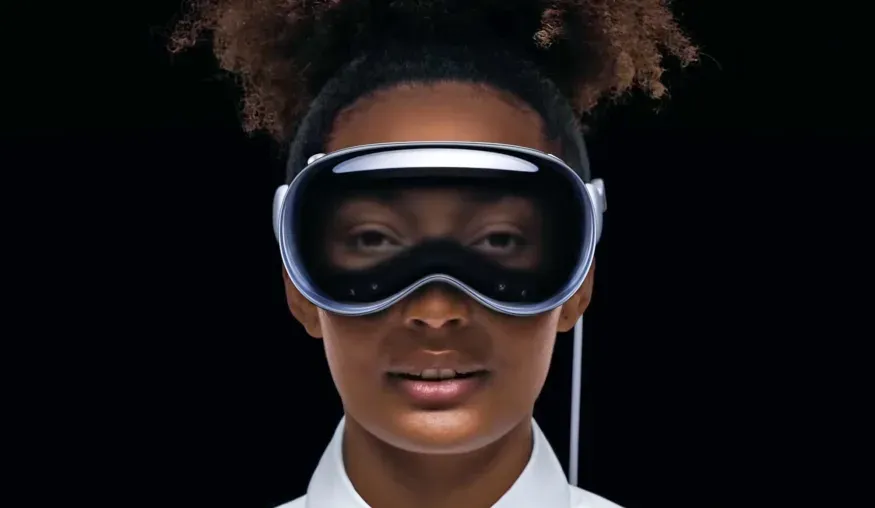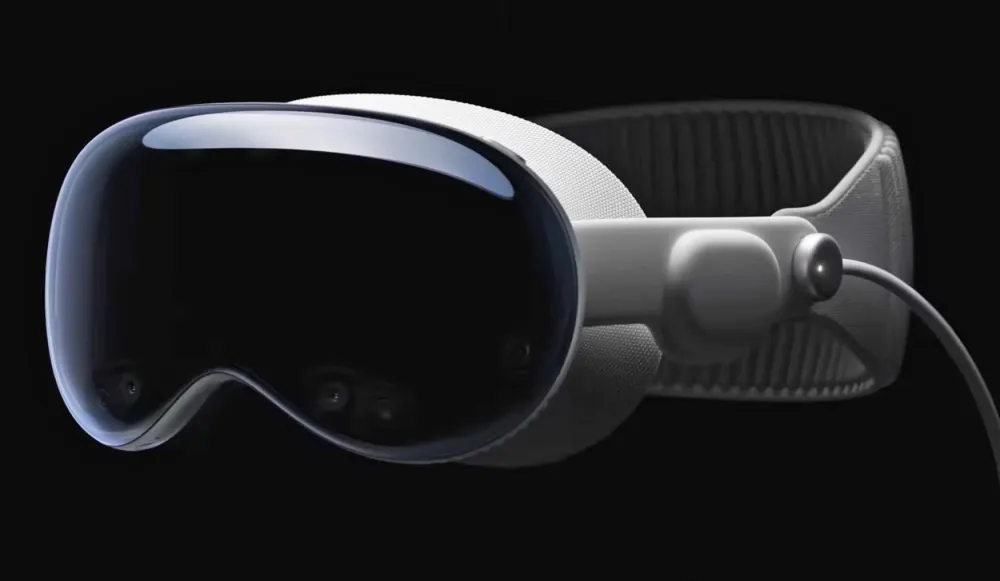On the web page for Apple's latest new product, the Apple Vision Pro, a VR/AR "Spatial computer," a woman who appears to be African American dons the sleek device in multiple huge photos and animations.
She is the future, we're led to believe, as are the other multi-generational, multiracial users presented as potential customers for what Apple promises will be a revolutionary new way of computing. Virtual desktops on your walls, video chats over thin air, a home theater anywhere you might be.
Related: The Eerie New Way Employers May Track Your Productivity
Before Apple's WWDC presentation of the long-rumored hardware was even over, social media was already aflame about the device's price, an eye-wateringly steep $3,499 for the entry-level model of the Vision Pro.
The device launches early next year, which leaves plenty of time to debate whether the price is right for something that audiences have gotten accustomed to spending $300 to $1,000 on if you're looking at competing products from Meta and Valve.
But Apple is promising a lot more than just games; it is pitching this as the new way to get work, communications and home life stuff done, just like the iPad and iPhone changed your daily routines. If it follows past product cycles, the price will eventually drop significantly; tech pundits online in places like Hacker News were already on Monday reminding others of this and suggesting if you're worried about the price, you can't afford it. Yes, that's true; remember when we all thought $600 was a ridiculous amount to pay for a smartphone?
Click here to sign up for G-Code, LEVEL's weekly newsletter.
But in the space between a major price drop and the time when the Vision Pro gets into the hands of only those who can afford it, there will be a gap in accessibility, a digital divide that happens whenever new hardware comes out of Cupertino, when it seems like only the earliest, richest adopters get to wear Airpods or walk around with the new iPhone 3G. We've seen this before.

This feels different, though, because VR and AR (and yes, the much-maligned metaverse) are already staked out and Apple is seeking to take those technologies to the next level. Black creators and Black-focused virtual experiences are already out there and could benefit from Apple's next-gen hardware and software tools for creators. Those most likely to be disenfranchised from new technologies are typically from lower-income households and that usually translates to people of color. But it also includes underfunded school systems and universities, community technology centers and simply tech enthusiasts of color who will often prioritize having a financial safety net than getting the latest hot gadget, even if it's a tool that could lead to lucrative job-skill building or simply creating art and other content for others.
If Apple really wants to see its vision for Vision through, if it wants what's in the promotional videos to really unfold, it doesn't necessarily need to adjust the launch price. But in the time between now and that 2024 release, it should be looking at other ways of getting Vision into the hands of creators, particularly in schools and tech-training programs.
Start a grant or loaner program for those interested in developing for the platform or using it to create art and cultural content. Partner with HBCUs to make sure that Black students, professors and researchers can share in Apple's grand vision for spatial-computing future. Create an educational-pricing pipeline so that K-12 teachers and students can participate in that future as well instead of getting left behind waiting for a two or three-year price drop window.
$3,499 is cause for sticker shock among the masses, but Apple, as the biggest tech company on the planet, has an opportunity here. They could still make a lot of money (even if it only sells a few hundred thousand units to start) while keeping Apple Vision from being out of the reach of Black creators, developers and kids who need to be at the forefront of what's next.
